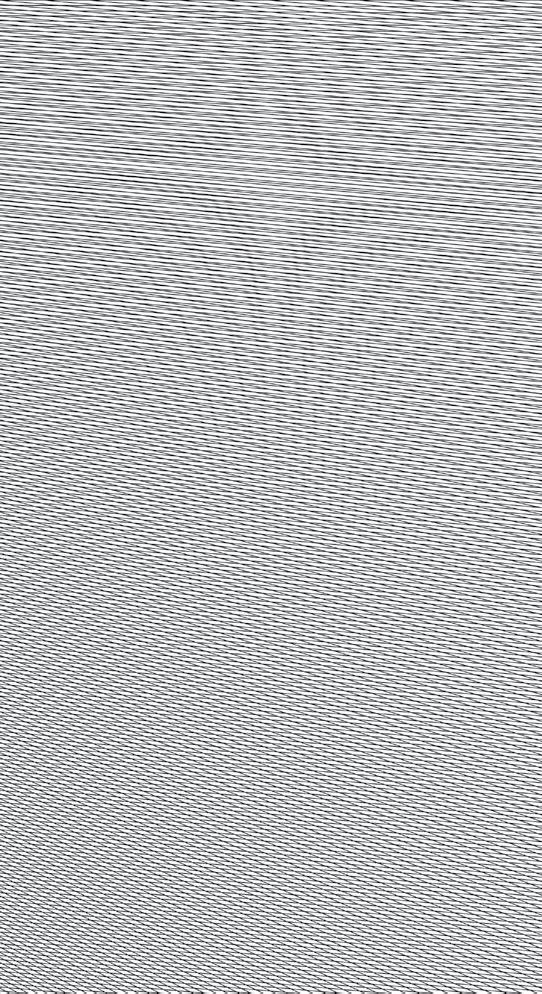
2 minute read
2.1_ACTIVE FIELDS - PERCEIVED MOVEMENT
from Towards a Lively Architecture - Exploring Response in Bent Wood Assemblies | Thesis by David Heaton
by David Heaton
Moving forward with the idea of interconnected branching structures, a new type of model was developed that explored thin flexible wood elements interconnected in a field condition. These thin elements shown in figs. 11+12 created a light, bouncy system where subtle movements were visually amplified due to the repetition of self-similar units. This model introduced several generative ideas into the thesis such as exploring the flexibility of the material, using the sinuous nature of the geometry to study varying types of wood in the same configuration, and how the system began interacting with forces.
By applying forces to various parts of the model, long exposure photographs were taken that began to suggest the visual effect of overlapping members and their subtle motions when activated by an external condition.
Advertisement
Liveliness was explored in these experiments by viewing how subtle forces were amplified, not only through motion but through a visual field condition created by the repetition of many units. Rather than seeing localized changes, displays of liveliness were noticed throughout the entire system.
fig. 11 - initial study model showing interwoven field condition

fig. 13 - moiré pattern

In these experiments, fabric was chosen for its ability to stretch and reveal areas of high and low tension (taut vs. slack) as well as its ability to filter light and allow for varying visual opacities. The first studies were purely visual explorations each addressing the moiré effect in combination with or without color as a possible method to visually amplify forces. The model shown in fig. 16 is composed of a grid of colored threads that created a visual gradient. These experiments explored liveliness as an amplification of forces across a field condition. The field seemingly moved as you walked around it due to the overlapping fibers. Here, the onlooker became the activator of motion rather than a physical force causing motion within the system. As a small force was applied the entire field comes alive as a whole displaying that change.
fig. 14 - fabric study model


fig. 15 - study model exploring stretch fabric patterns











